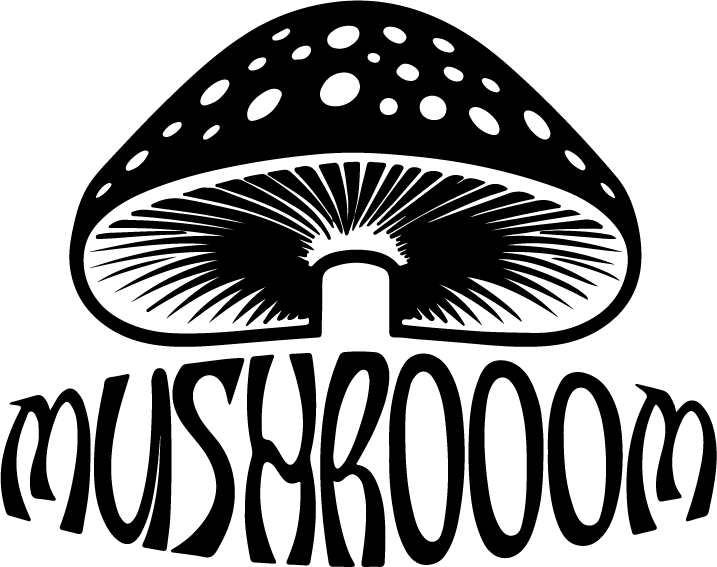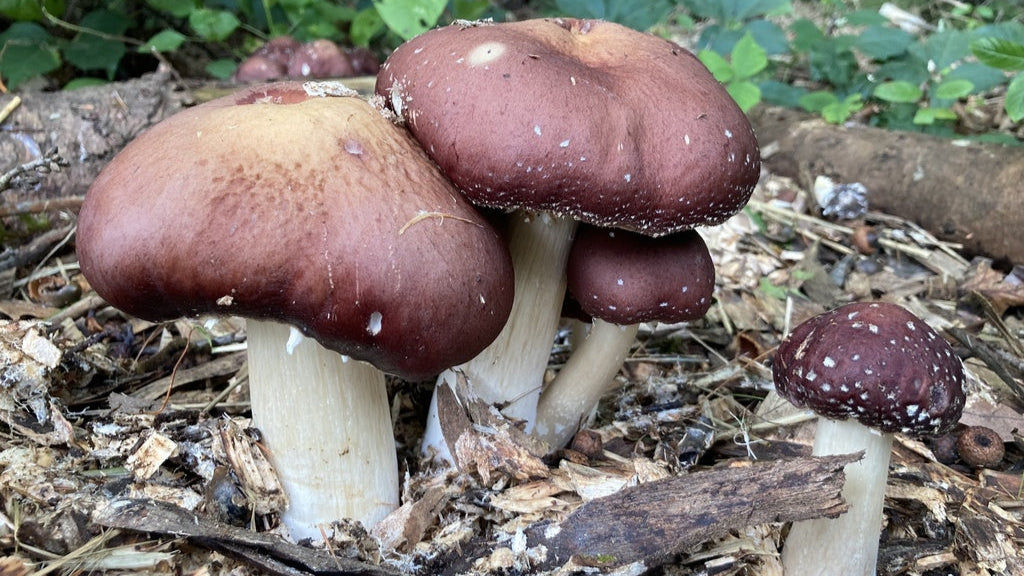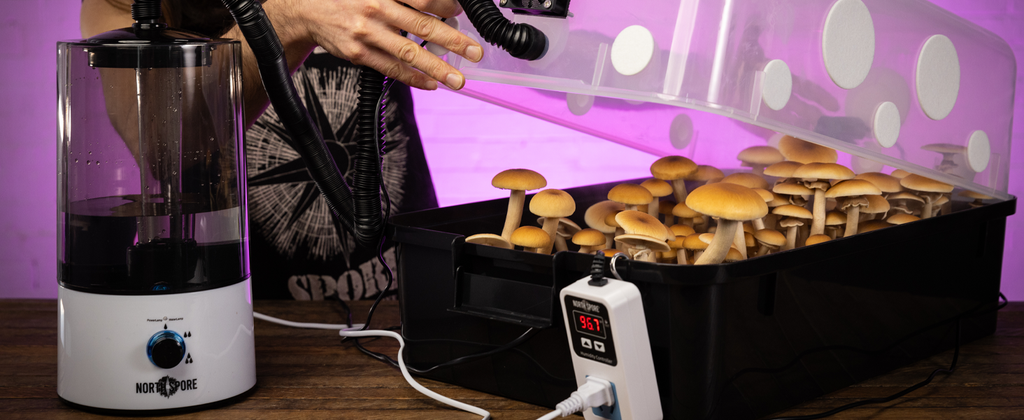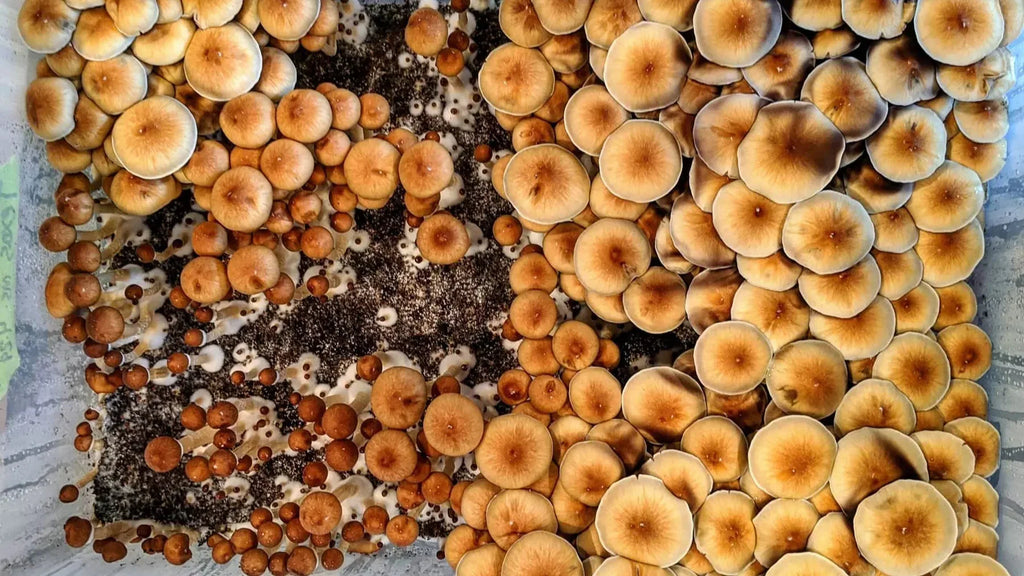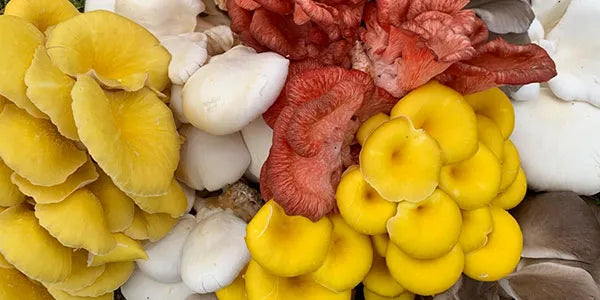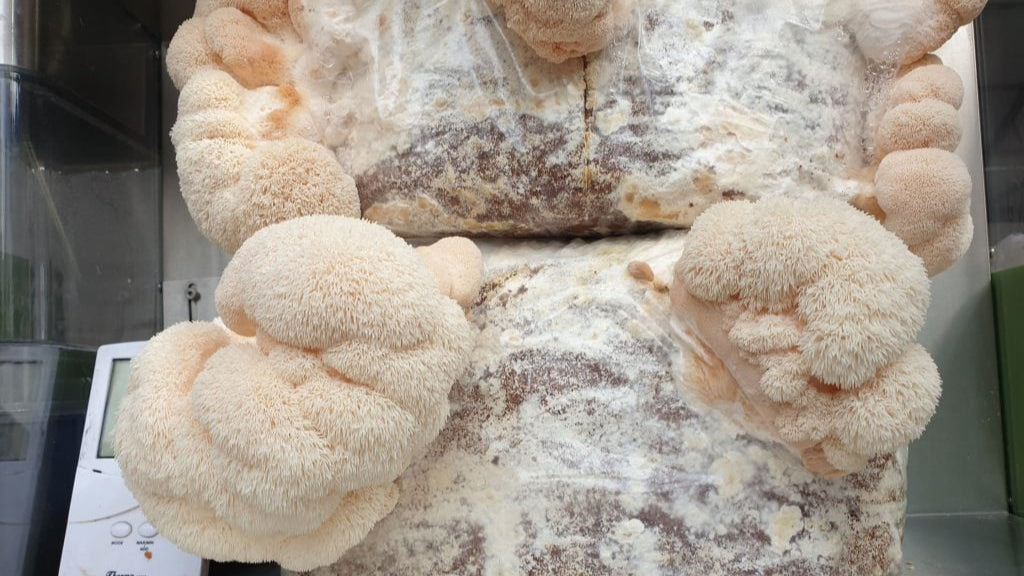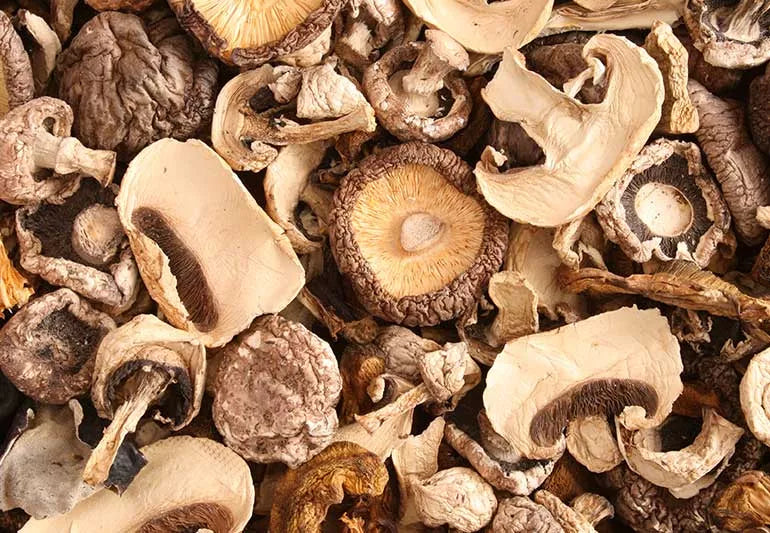
Cure for Mushroom Infections

Mushroom cultivation can be incredibly rewarding, but nothing is more frustrating than seeing a healthy grow suddenly develop an infection. Contaminations are one of the biggest challenges mushroom growers face, especially for beginners. The good news is that with the right knowledge and techniques, you can often identify, treat, and prevent infections before they destroy your harvest.
In this guide, we’ll cover the causes of mushroom infections, the most common types of contamination, cures and treatments, and prevention strategies so you can protect your grow and maximize yield.
What Causes Infections in Mushrooms?
Mushrooms thrive in warm, humid, nutrient-rich environments—the same conditions that also attract unwanted molds, bacteria, and pests. Infections usually spread when:
Sterilization or pasteurization was incomplete (leaving contaminants alive in the substrate).
Airborne spores from mold or bacteria enter during inoculation or fruiting.
Improper handling introduces pathogens through dirty tools, hands, or surfaces.
Poor airflow and high humidity create stagnant, wet conditions that fuel contamination.
Common Mushroom Grow Infections
Understanding the type of infection is key to finding the right cure:
Green Mold (Trichoderma): The most common enemy of mushroom growers. Appears as bright green patches on the substrate.
Cobweb Mold (Dactylium): Wispy, gray-white mold that spreads fast like cobwebs.
Bacterial Blotch: Yellow or brown slimy spots on mushroom caps caused by excess moisture.
Black Pin Mold: Small black dots appearing in substrate or casing layers.
Yeast or Wet Spot (Bacterial Contamination): Sour-smelling, slimy areas in grain jars or substrate bags.
Cure and Treatment for Mushroom Infections
While prevention is always best, you can sometimes cure or control infections if caught early:
-
Isolate Infected Substrate
If only one jar or tub is infected, remove it immediately to prevent spreading. -
Cut Out the Contaminated Section
For solid substrates, carefully cut away infected areas using sterilized tools. -
Apply Hydrogen Peroxide (H₂O₂)
A light spray of 3% hydrogen peroxide works well against cobweb mold without harming mushrooms. -
Improve Airflow and Reduce Humidity
Proper ventilation and controlled humidity help slow the spread of mold and bacteria. -
Salt Treatment
A sprinkle of non-iodized salt directly on mold patches can slow growth temporarily. -
Dispose When Necessary
If contamination has spread too far, it’s safer to discard the entire batch than risk spores spreading to your next grow.
The Best Cure
The most effective way to handle infections is to prevent them from happening in the first place. Follow these golden rules:
Sterilize everything: Always pressure cook or steam-sterilize your substrate and tools.
Work in a clean environment: Use gloves, alcohol wipes, and (ideally) a still air box or flow hood during inoculation.
Monitor humidity and airflow: Avoid excess condensation and stagnant air.
Inspect daily: Catching contamination early gives you the best chance of saving your grow.
Rotate and rest: Don’t keep growing in the same contaminated room without a deep clean.
Final Thoughts
Mushroom infections are frustrating, but they don’t have to be the end of your cultivation journey. With early detection, proper treatment, and strong prevention practices, you can cure infections and ensure a healthy, productive grow.
If you’re serious about mushroom cultivation, remember: cleanliness, patience, and vigilance are your best cures.
